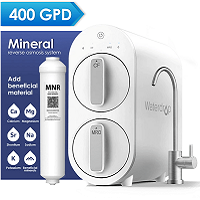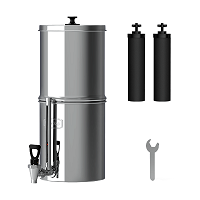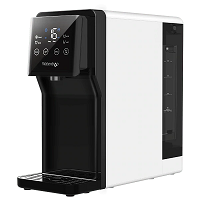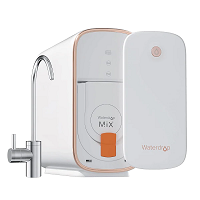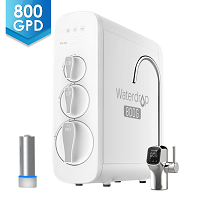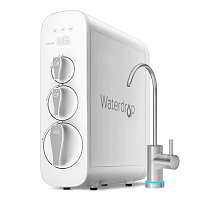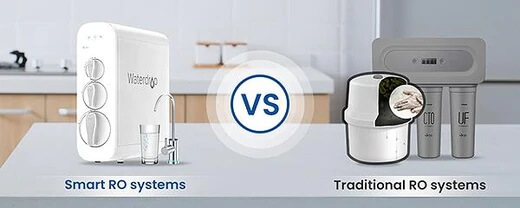Serving as an effective source of treatment against contaminated drinking
water, ozone water treatment is capable of disinfecting well and tap water.
Unlike chlorine, ozone does not utilize chemicals to kill bacteria and
viruses and won’t leave any residue behind. When combined with an additional
form of filtration, ozone eliminates sulfur, iron, manganese, and more. The
end result is safe, healthy water free from unpleasant tastes.
Understanding Ozone
In fact, ozone exists as an inorganic molecule containing three atoms of
oxygen - an allotropic form of oxygen. Scientifically, ozone is known as a
trioxygen, and takes the form of a pale blue gas within the atmosphere. This
powerful oxidizing agent is utilized in water treatment plans around the
world, capable of protecting consumers against dangerous contaminants.
Is Ozone Used Commercially to Treat Water?
Late in the 1800s ozone was first used to treat drinking water, and
continues to be widely utilized throughout Asia, Europe, and the US. In
fact, one of the first ozone-based water treatment plants was created in
1906 in France. Large swimming pools, aquariums, and municipal treatment
plants are some of the industrial water treatment facilities where ozone is
used.
How It Treats Water
Because ozone is such a powerful agent, it eliminates algae, bacteria,
biofilms, and viruses hidden inside water systems. When ozone is utilized,
there is zero risk of immunity or resistance from bacteria and viruses
alike. This is one of the main reasons cities and commercial plants continue
to rely on ozone to disinfect and purify water. For many years, ozone
systems have been in use within homes across the world, with improvements
introduced regularly toward design and overall quality.
Households suffering from odor issues, or even manganese, iron, bacteria,
and more, ozone can work alongside your filtration system for a number of
years. As it works to oxidize manganese, sulfur, and iron within wells, it
forms insoluble elemental sulfur and metal oxides. These leftovers are then
removed by additional filtration, such as activated carbon, filter sand, or
another type of filter media.
Ozone Benefits
· Ozone is often generated on-site
· Serves as an effective sanitizer, disinfectant, and antimicrobial
oxidizing agent
· Ozone remains one of the most readily available and active oxidizing
agents
· Ozone acts rapidly compared to common disinfecting agents
· Serves as an environmentally-friendly, natural sanitizer
· Microorganisms cannot build up an immunity against ozone
· Increased dissolved oxygen, reduction of turbidity, and a decrease in
chemicals, are just a few of the benefits of wastewater effluent oxidation
Easy Ozone System Maintenance
Typically, your average ozone systems do not require extensive care to
maintain. In fact, many systems only utilize an air-drying material that
requires periodical replacement. However, operators should keep an eye on
check pumps, fans, valves, storage tanks, and more for cleanliness, damage,
and wear. In the case of a UV radiation generator, lamps require periodic
replacement, too. It’s important to also maintain post-treatment devices,
and pre-treatment devices in use.
A routine inspection of the entire system is recommended to prevent ozone
leaks, and should be conducted by a water treatment specialist. Although
many ozone systems are equipped with a monitoring device, which informs
owners of failures or malfunctions, this doesn’t negate the need for routine
checkups.
In Conclusion
If you own a property or home operating off of a well system, you may be
concerned with the risk of runoff, and other forms of contamination. The
presence of bacteria, parasites, and viruses can be a prevalent issue. Even
families relying upon municipal water can benefit from the use of an ozone
water treatment system.




